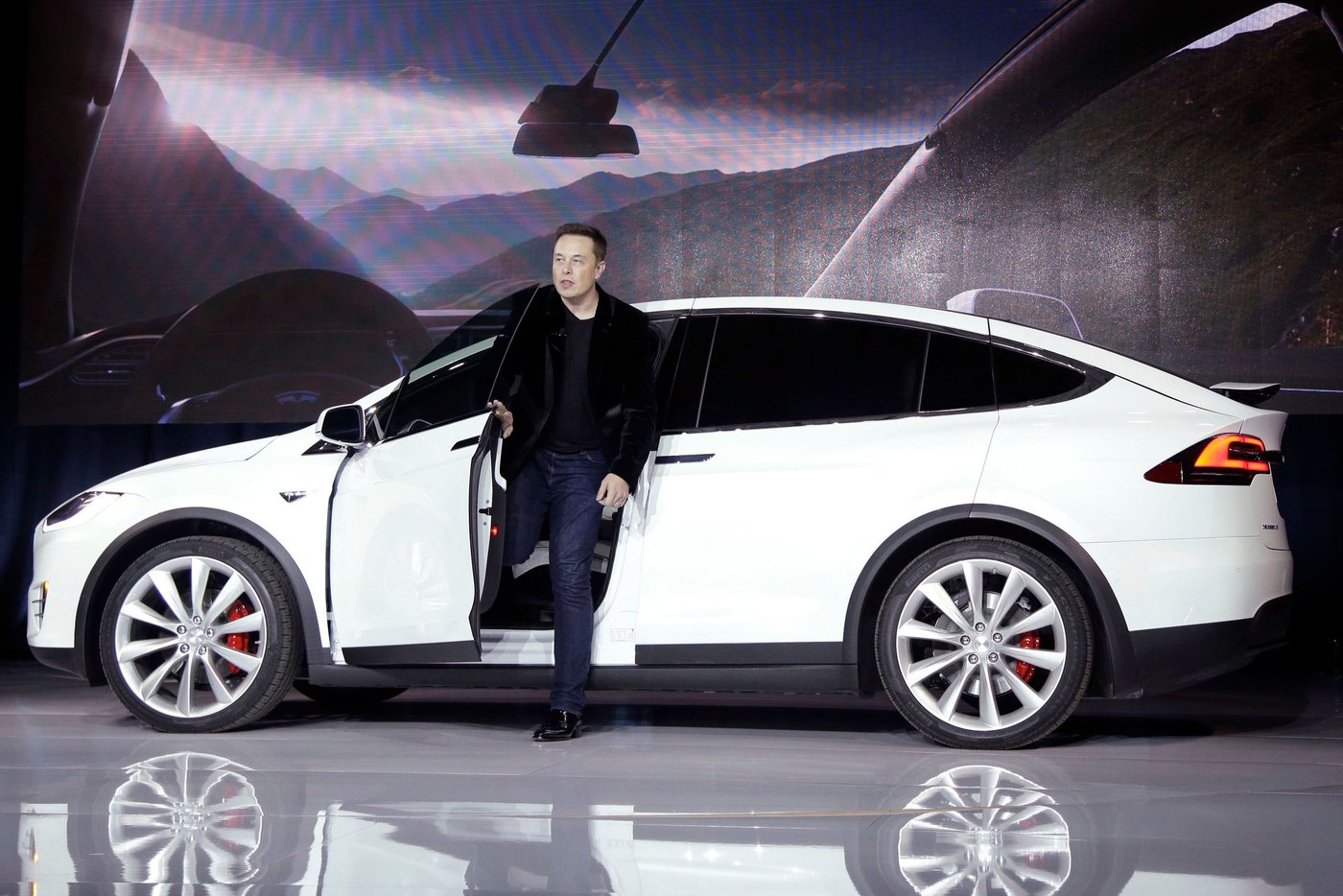背景 (Background)
In a significant move to expand its impact on urban transportation, the electric vehicle (EV) manufacturer Tesla has filed an application with the California Department of Motor Vehicles (DMV) for the operation of autonomous ride-sharing services. This marks the first step toward bringing Elon Musk’s ambitious vision of fully autonomous vehicles closer to reality. However, the regulatory process is not without challenges, as demonstrated by recent developments in the application.
The Tesla EV company has a long-standing plan to transition its production from internal combustion engines to entirely electric powertrains. This shift aligns with global trends toward reducing greenhouse gas emissions and improving air quality. The company’s success in this area has garnered worldwide attention, but it also raises questions about the feasibility of achieving true autonomy in vehicle operation without external control systems.
关键点 (Key Points)
-
Legal Framework: The application submitted by Tesla to the DMV aims to pave the way for the operation of autonomous vehicles under its own brand. However, the state’s initial concerns have led to cautious regulatory responses. Tesla has acknowledged that even older models could potentially be used for ride-sharing services if they meet specific criteria.
-
Initial Concerns: The California DMV has raised several technical and operational challenges in the application. These include questions about how to ensure passenger safety in an autonomous environment, as well as how to maintain proper vehicle maintenance schedules without human supervision.
-
Potential Implications: If approved, Tesla’s plan could set a precedent for other automakers looking to enter the ride-sharing market with fully autonomous vehicles. It could also stimulate further innovation in the field, pushing the industry toward more advanced technologies and safer operational practices.
特斯拉的电动汽车(Tesla’s Electric Vehicles)
历史背景 (Historical Background)
Tesla’s journey into electric vehicles began over a decade ago when it launched its first mass-produced EV. Since then, the company has consistently set itself apart in the market with its innovative approach to battery technology and autonomous driving systems. However, before fully embracing autonomous vehicles, Tesla had focused primarily on improving the efficiency of its electric powertrains.
技术突破 (Technical Breakthroughs)
One of the key advancements that has brought Tesla closer to achieving full autonomy is its ongoing research into self-driving algorithms. The company’sAutopilot system has been refined over time, incorporating feedback from thousands of miles of driving data. Recent updates have also included improved pedestrian detection systems and enhanced communication protocols with nearby vehicles.
未来规划 (Future Plans)
Elon Musk, the CEO of Tesla, has repeatedly stated his vision for a future where fully autonomous vehicles become the norm in urban transportation networks. This includes not only the ability to operate without human drivers but also an emphasis on cost-effectiveness and scalability. The company is currently exploring partnerships with ride-sharing platforms to facilitate this transition.
特斯拉的自动驾驶技术与Waymo的比较(Tesla’s Autonomous Technology Compared to Waymo)
初步计划 (Preliminary Plans)
Earlier this year, Tesla announced plans to test its self-driving technology in Texas as part of a broader effort to validate its capabilities on a larger scale. The company has also been working closely with ride-sharing platforms like Uber and Lyft to ensure that its technology meets the operational standards required for public use.
与Waymo的竞争(Competition with Waymo)
While Tesla is making significant strides in the field, it faces fierce competition from Alphabet’s Waymo project. Waymo has already demonstrated its ability to operate fully autonomous vehicles on public roads, earning a great deal of public recognition and respect in the process. However, Tesla’s approach appears to be more focused on affordability and accessibility, with plans to offer rides at competitive prices.
结论 (Conclusion)
Tesla’s entry into the ride-sharing market with fully autonomous vehicles represents both an exciting step forward in technology and a significant challenge for regulators. The company has outlined a clear plan for transitioning its fleet of electric vehicles from production to ride-sharing applications, but the legal and technical hurdles it faces remain to be seen.
As the industry continues to evolve, Tesla’s ability to adapt to changing consumer demands will play a crucial role in determining its success or failure. Whether this ambitious plan will ultimately lead to widespread adoption remains to be seen, but one thing is clear: Tesla is at the forefront of an exciting new era in transportation.





